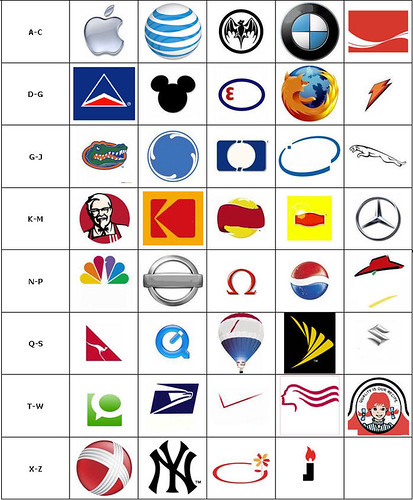
I like that the message is clear in both these PSA's. There's no beating around the bush. It's simply reckless driving whether it be under the influence, or teens just choosing to drive poorly, will result in negative consequences.
The use of branded utility I have recently seen up close. I am interning at a minor league baseball stadium and in between innings, the stadium has games and trivia for the selected audiences to participate in. They are usually rewarded with a free prize, sponsored by a company. For example, "enjoy this free t-shirt, sponsored by meijer."
I liked the Who Creates Advertising section because it laid out how a team generates ideas and the creative process an ad goes through to get to a finished result.
Chapter 2 talks about the project process. The book talks about 6 phases in taking in a new client and resulting in a finished project. Phase one is overview which is basically getting to know the client and what they're expecting as a finished result. Phase two is about strategy. In this phase you examine what you've been given and from there decide what direction to take. A creative brief is written so that both the designers and client are on the same page, and have something to agree upon.Phase three leads into ideas. This is sometimes considered the most challenging stage, especially for students and novices because you have to come up with multiple creative and effective ideas to present to the client. Then comes phase four, design. This phase is where the ideas are put into a hard visual. Thumbnail sketches, roughs and comprehensives are all good steps to follow until you find your own way of working. Phase five is production is about printing or any other medium the ad is used in and polishing. The final phase, implementation. Here, solutions are deployed and put into effect. Debriefing is helpful to asses and see what went wrong and what went right.
Chapter 3 is about creative ideas. In chapter two, phase two, ideas, was considered the most difficult phase so it's fitting that the entire next chapter is dedicated to covering ideas. The tools listed that stimulate creative thinking are brainstorming, morphological method, framing, Osborn's checklist, mapping, graphic organizer, attribute listing, and storyboarding. There are a variety of methods to choose from, so finding the method that best suites you as a designer is what's best.
Chapter 4 is about the Brand Idea. Branding is very important for a successful business. Branding identifies, distinguishes and builds equity. Very few products, services, or groups are unique; most offer similar quality and function. Branding and advertising differentiates in a crowded marketplace. These brands below are effective because even without the names attached, most people can identify these brands.

No comments:
Post a Comment